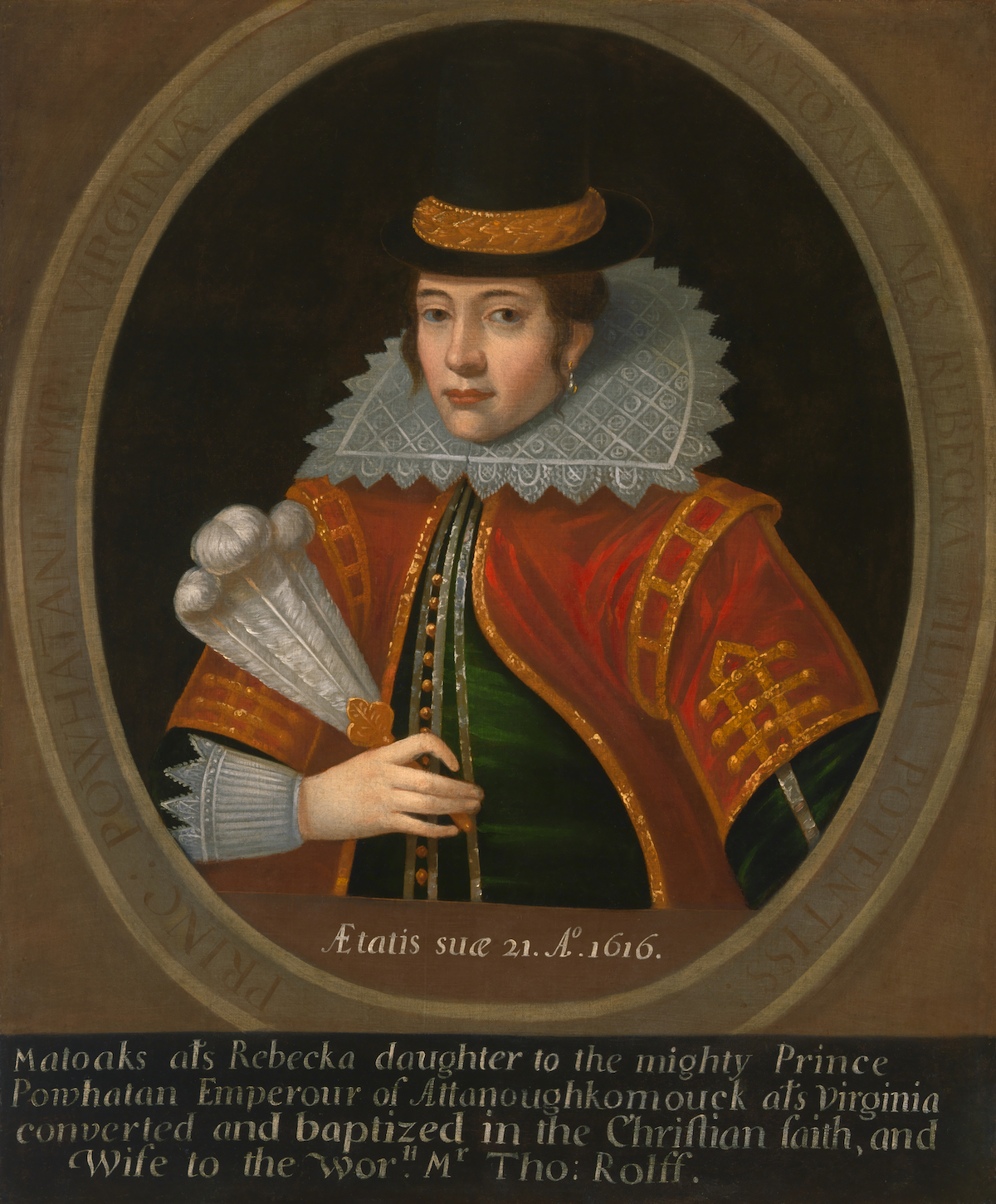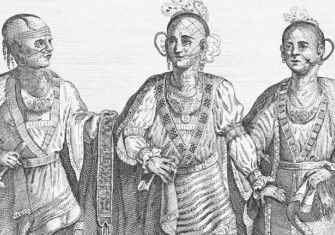Pocahontas in England
Arriving as ‘Rebecca Rolfe’ in 1616, Pocahontas’ trip to London was used to raise support for England’s struggling American colonies.

Four hundred years ago, Pocahontas arrived in England with her husband John Rolfe. Bold, vivacious and smart, her story has become mythologised, not least the supposed romance that developed between her and Captain John Smith after she saved his life, famously depicted in the 1995 Disney film. Historical inaccuracies did not spoil the film’s commercial success, nor the profits it earned from merchandising, but exploitation of Pocahontas had already begun during her short lifetime and her visit to England in 1616 was a part of it.







